The Non-Verbal Language
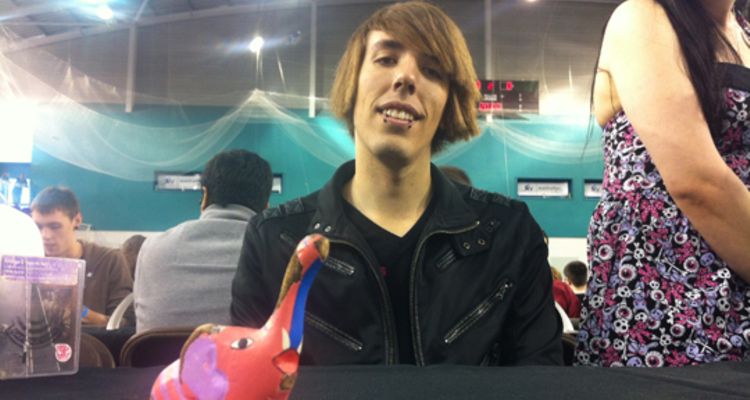 Photo Credit: Konami Digital Entertainment GmbH
Photo Credit: Konami Digital Entertainment GmbH
What’s the best thing about playing Yu-Gi-Oh!? For the purpose of this article, I am referring the actual game itself. Obviously, friends and traveling are some of the best, but these things do not happen when you play. Getting back to the original question, well, there are a lot of answers and no one is specifically correct; it is really a personal opinion. There are different things people enjoy, like deck building, pulling off great combos, and being able to beat anyone with a little luck, but perhaps the most overlooked and my favorite thing about Yu-Gi-Oh! is Psychology.
The number one reason why I keep playing Yu-Gi-Oh! is because of the substantial psychological factors at play. They are much greater in Yu-Gi-Oh! than in other cards games, like Magic: The Gathering and Poker. Due to the way the game is a designed, a bluff may come into play every time you set or draw a card. It is important to be able to know when your opponent is bluffing a Torrential Tribute or another big card, and when they are baiting you with something really important.
I will try to explain how to read your opponent. This skill is only possible through a lot of experience and exposure though many years of playing, being aware of players, and acknowledging the most used non-verbal cues. Every person is different, but most of the time, the kinds of subtle movements or words are the same. If you are a real expert in this field, you will subconsciously be able to resolve new information from the abyss and have the right feeling about a situation.
BLUFFS AND CONDITIONING WITH MONSTER REBORN
A classic example of reading your opponent is Monster Reborn. They will draw and then look at both graveyards, when they previously were not doing so. This is a very common example, but I hope you are forming an idea of what I mean: I knew my opponent had the card without ever seeing the card itself. Personally, when I draw Monster Reborn, I have the instinct to look at both graveyards as well. However, I hesitate, calm myself down, and quickly replay the game in my head. I ask myself, “Do I need a tuner? A monster to XYZ Summon? A beat stick? Any other kind of card? Or do I really need to use the Reborn right now?” By quickly replaying the game through my head and not looking through the graveyards, I do not give away any extra information to my opponent.
Knowing that players will think I have Monster Reborn when I draw then scan both graveyards, I will often bluff it when I draw Pot of Avarice. I look at both graveyards, instead of just looking at my own, to make them think I have Monster Reborn when I really do not.
The best way to avoid giving extra information to you opponent in this manner, is to condition them to be indifferent to your draws. This is accomplished by scanning both graveyards every turn after you draw a card. When looked at from a vacuum, it is the perfect technique, if you manage to do it every turn in every game. However, this technique is different to always do in the moment and can become very time consuming.
POSTURE AND POWER CARDS
The next trick revolves around sitting up in your chair; one you should avoid doing yourself and be aware of when your opponent does it. If the game transitions into boring passive play of “Draw, Go,” there is a tendency to get relax and get comfortable. Often times, players will slouch in their chairs. Then, when the opponent draws a card that will help his/her situation, he/she gets alert and sits up straight in his/her chair. From this, you can derive that they drew an interesting card. Perhaps it was a power card like Heavy Storm, Dark Hole, or Pot of Avarice. Or perhaps it was a card that enabled a big push, like a Wind-Up Shark for their in-hand Wind-Up Magician, or Black Luster Soldier – Envoy of the Beginning, or even a Machina Gearframe.
You have to evaluate the situation and think about what he/she can do. If you have some backrows and he/she sets a card, it may be something like Solemn Judgment, Torrential Tribute or Mirror Force. Remember, there is only a limited amount of cards in the competitive cardpool, and it gets narrower for each deck type. It gets even narrower as games process and graveyards start to fill up, which helps you better determine what that interesting card they just drew could be.
I will offer more examples in the future, based on the feedback I receive. These are only some of the more basic non-verbal tricks I know. I tried to offer a common example and a more uncommon one. Perhaps, you already know and use these techniques. Either way, I hope you were able to benefit from this reading.
ABOUT THE AUTHOR
Rodrigo Togores is a Journalism Student from Madrid. Rodrigo has been a member of United Gosus since 2012, as a member of Player roster. To learn more about Rodrigo, please visit his member profile.

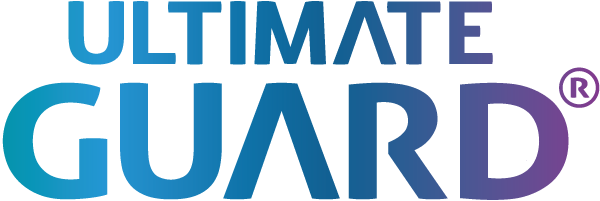




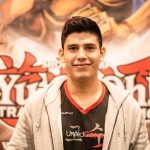
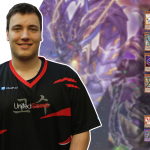
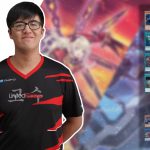
You must be logged in to post a comment.